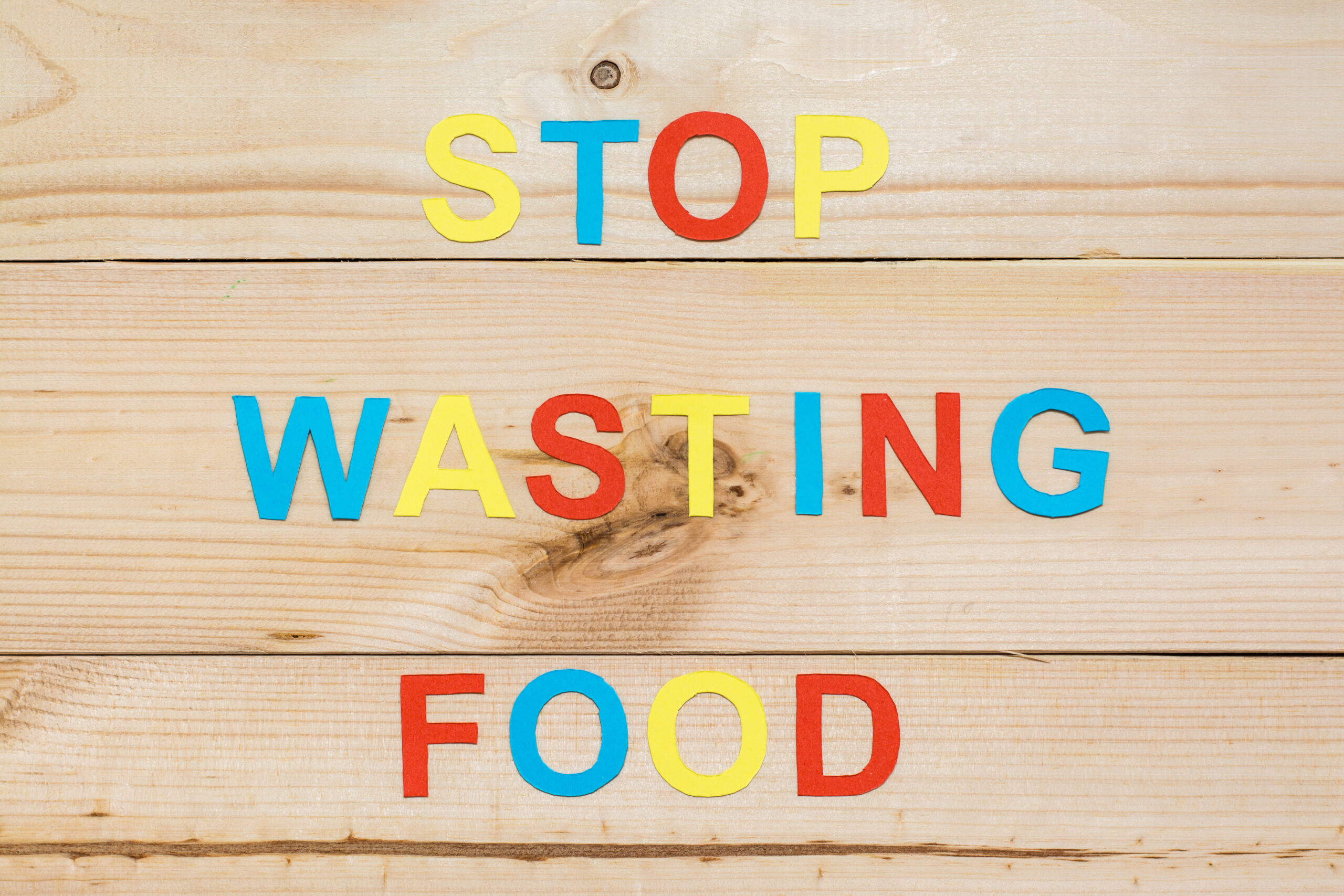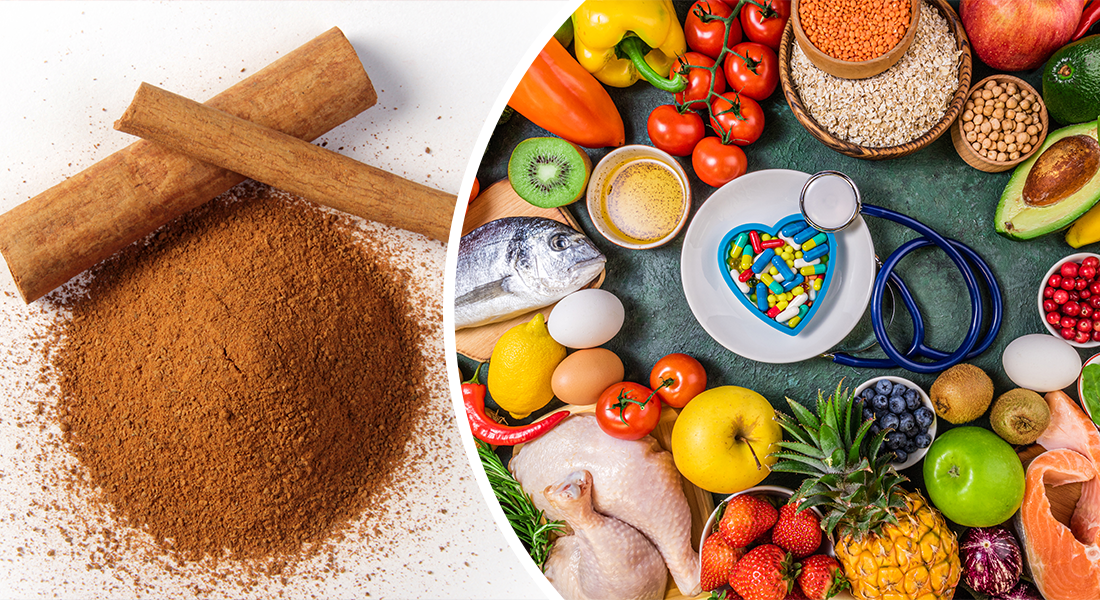Last week, the US Food and Drug Administration (FDA) proposed to amend the standards of identity (SOIs) to permit the use of salt substitutes in foods for which salt is a standard ingredient. The rule would allow manufacturers to reduce sodium content in standardized foods and is part of the Biden-Harris Administration’s National Strategy on Hunger, Nutrition and Health, which aims to end hunger and reduce diet-related diseases by 2030.
“Today’s action is another step forward in our efforts to improve nutrition and reduce chronic disease by providing manufacturers another tool to lower the use of sodium in food production,” said FDA Commissioner Robert M. Califf, in a press release. “This approach may help reduce Americans’ sodium intake and lower their risk of hypertension, a leading cause of heart disease and stroke.”
According to a pre-publication of the proposed rule on the use of salt replacements, swapping some or all of the salt in prepared and processed foods with salt substitutes can lower one’s sodium intake and improve overall nutrition. Although salt substitutes have been on the market for years, the FDA is now not only permitting them, but recommending their use.
Related: FDA Issues Draft Guidance for Plant-Based Milk Labels
What are Salt Substitutes?
Most salt substitutes simply swap sodium chloride (better known as table salt) for potassium chloride, which tastes very similar to the former. The most common salt substitutes are non-sodium table salts, such as AlsoSalt, but there are also the so-called “lite” replacements, which contain a blend of sodium chloride and potassium chloride.
While these options boast a saltier taste, they have less sodium than traditional table salt. However, it’s important to note that these replacements still contain some sodium chloride and they may not be the best option for certain people. For example, anyone who has kidney disease or is on certain hypertension medications should not increase their potassium intake.
But in most cases, salt substitutes can be a beneficial tool to help Americans lower their often excessive sodium intake. According to the American Heart Association, roughly 90 percent of Americans are consuming too much salt at over twice the daily recommended amount, which should be no more than 2,300 milligrams per day. While sodium is crucial for the electrochemical processes that power human bodies, too much of it can increase the risk of heart attack, kidney disease, stroke and other serious conditions.
According to a review of 21 international studies published in the journal Heart, salt substitutes lowered the risk of early death from any cause, cardiovascular disease and heart attack by 11 percent, 13 percent and 11 percent, respectively. Substituting traditional salt for salt substitutes like potassium chloride can also lower blood pressure, according to a study published in the journal Hypertension.
Up until now, the FDA did not permit the use of salt substitutes in standardized foods. But the proposed rule, if finalized, would help manufacturers meet voluntary sodium reduction targets in over 160 categories of packaged and restaurant foods. So, how can manufacturers choose the right salt substitute for food and beverage products?
How to Choose the Right Salt Substitute
With an expected go-ahead from the FDA to allow salt substitutes in standardized foods, manufacturers must determine which salt replacements are appropriate for their given uses. While home cooks can often swap out salt for monosodium glutamate (MSG), nutritional yeast, liquid aminos and other herbs and spices, mass manufacturing requires much more forethought.
Ever since the FDA recommended lowering sodium content in commercially processed, packaged and prepared foods, several food and beverage manufacturers, including Cargill, Nestlé, PepsiCo and Smithfield Foods, have pledged to reduce sodium levels in their products. This requires reworking recipes and swapping salt for an industry favorite: potassium chloride.
In December 2020, the FDA approved the use of the name “potassium salt” on food labels in the hopes that it may encourage manufacturers to use this sodium alternative and help consumers understand that potassium can replace sodium in many foods. The ingredient is already found in foods like cereals, chips, snack bars and soups as well as condiments, electrolyte drink replacements and meat products.
Some potassium chloride products include Nu-Salt Salt Substitute, LoSalt and A. Vogel Herbamare Sodium Free. Cargill also offers a micro-sized potassium chloride, Potassium Pro Ultra Fine, to help mitigate flavors associated with the ingredient.
Umami-rich ingredients such as hydrolyzed vegetable proteins and yeast extracts can also be used to address the loss of flavor that occurs when removing salt from a recipe. These ingredients, however, can come at a high cost. Sensient Flavors offers snack manufacturers a proprietary blend of ingredients called SensaSalt that can lower sodium by 30 to 40 percent.
As salt reduction targets become more ambitious, food and beverage companies will need to decide on the solutions that work best for them, whether that means removing salt entirely or replacing it with equivalents. In many cases, reworking recipes like that will require unique approaches to be taken on a product-by-product basis.












Join or login to leave a comment
JOIN LOGIN